
Sensors
We are using various remote and in-situ sensing systems at CPA. Our primary focus is on state-of-the-art spectrometers and hyperspectral cameras to obtain reflectance and fluorescence information, from which we infer a multitude of plant properties. In addition to that, we also utilize thermal cameras for plant stress detection, and we use sensors for mapping soil variation along with conventional sensors for weather data acquisition. We present an overview of selected sensors in the following.
Spectrometers
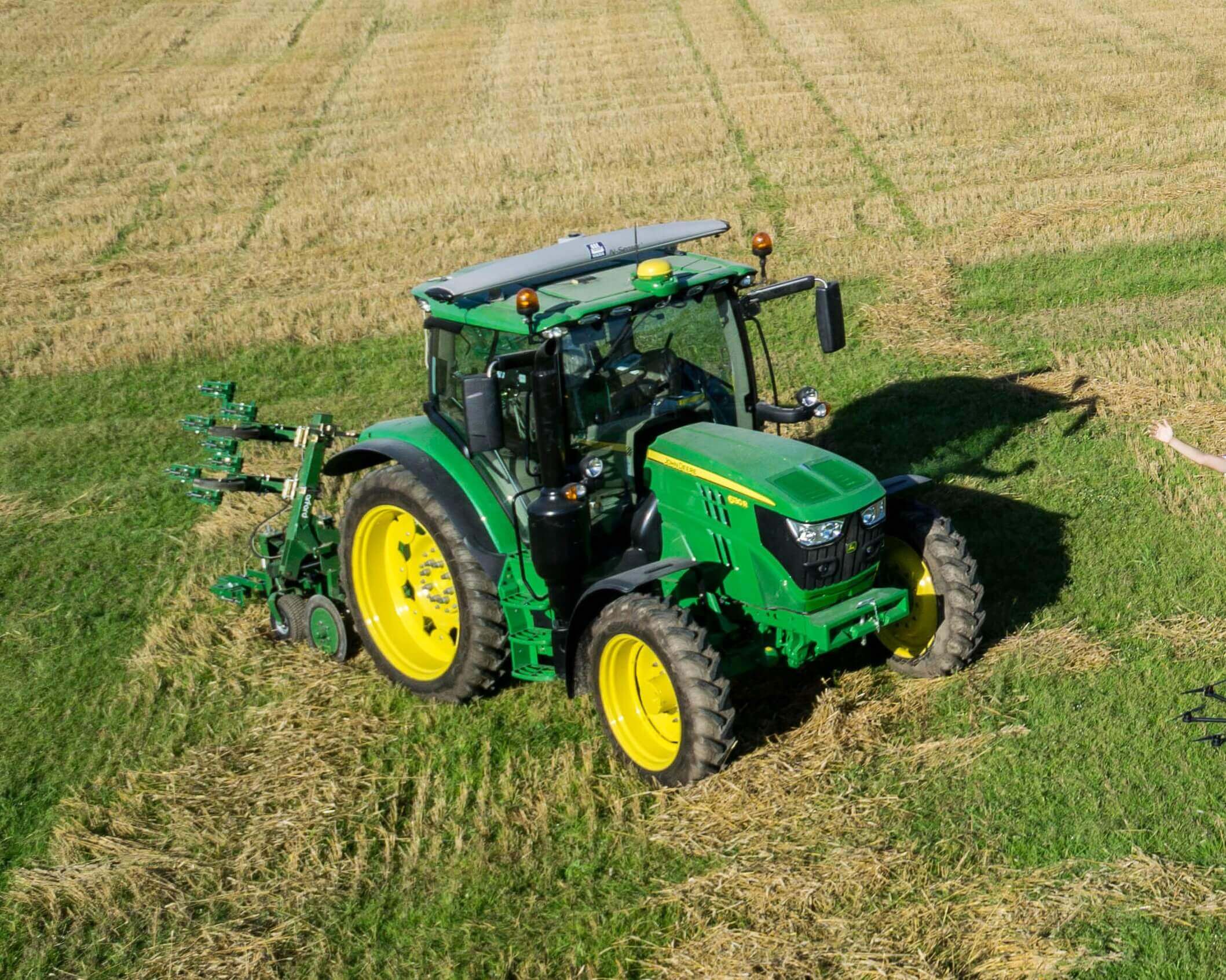
Yara N-Sensor
We utilize the Yara N-Sensor (passive) on our tractors to measure the spectral reflectance signature of the plant canopy. It is equipped with VIS-NIR spectrometers (400-900 nm) to simultaneously detect the incident down-welling radiation and the upwelling canopy reflection at a nadir angle of 60°.
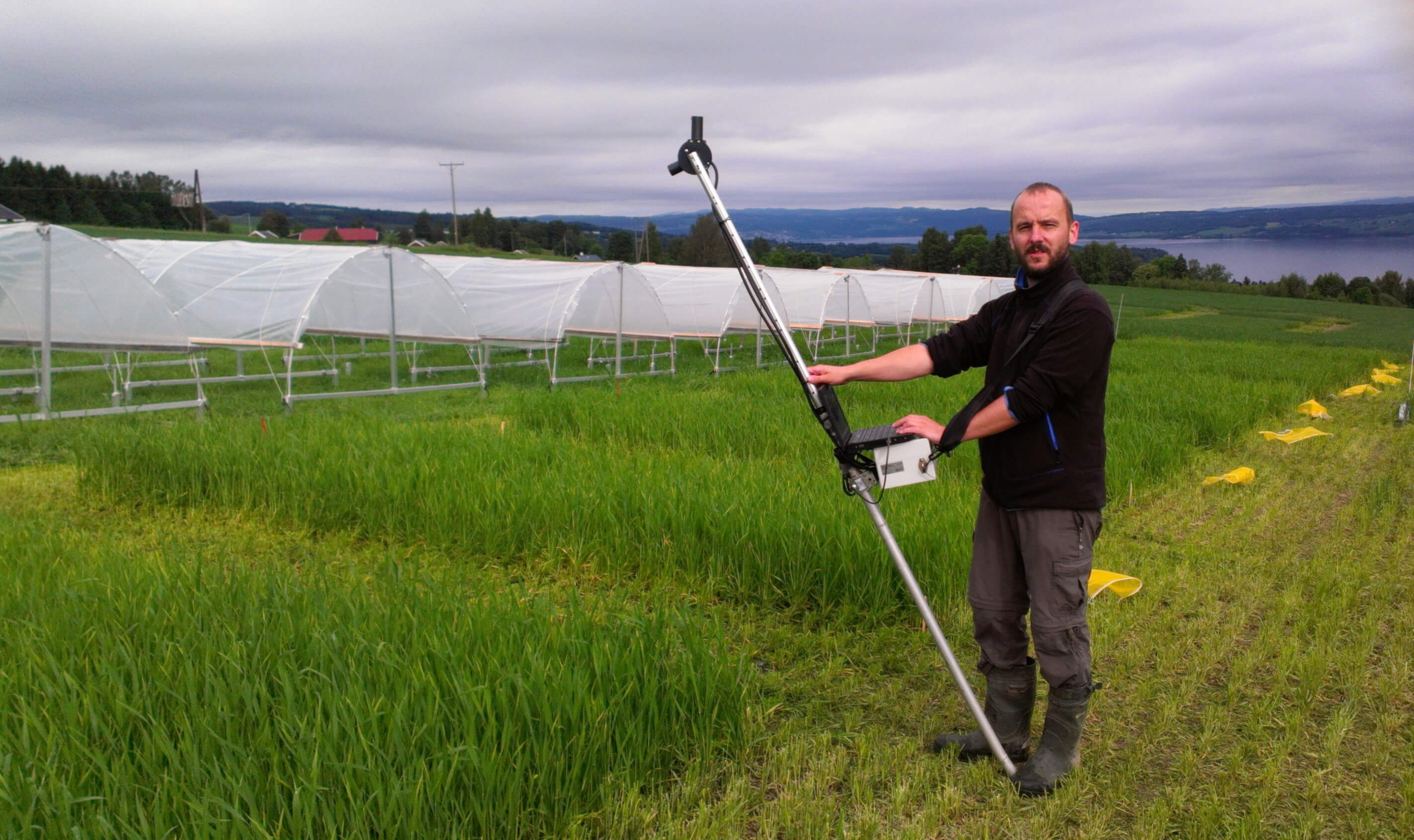
Yara N-Sensor hand held
As the tractor-mounted N-Sensor, we utilize the same measurement principle with two Tec5 MMS1 spectrometer in a hand held version for small plots in experimental field trials.

ASD FieldSpec
For measuring radiation in an extended spectral range (350-2500 nm) and at higher spectral resolution (1 nm), we make use of the ASD FieldSpec 3 spectroradiometer.
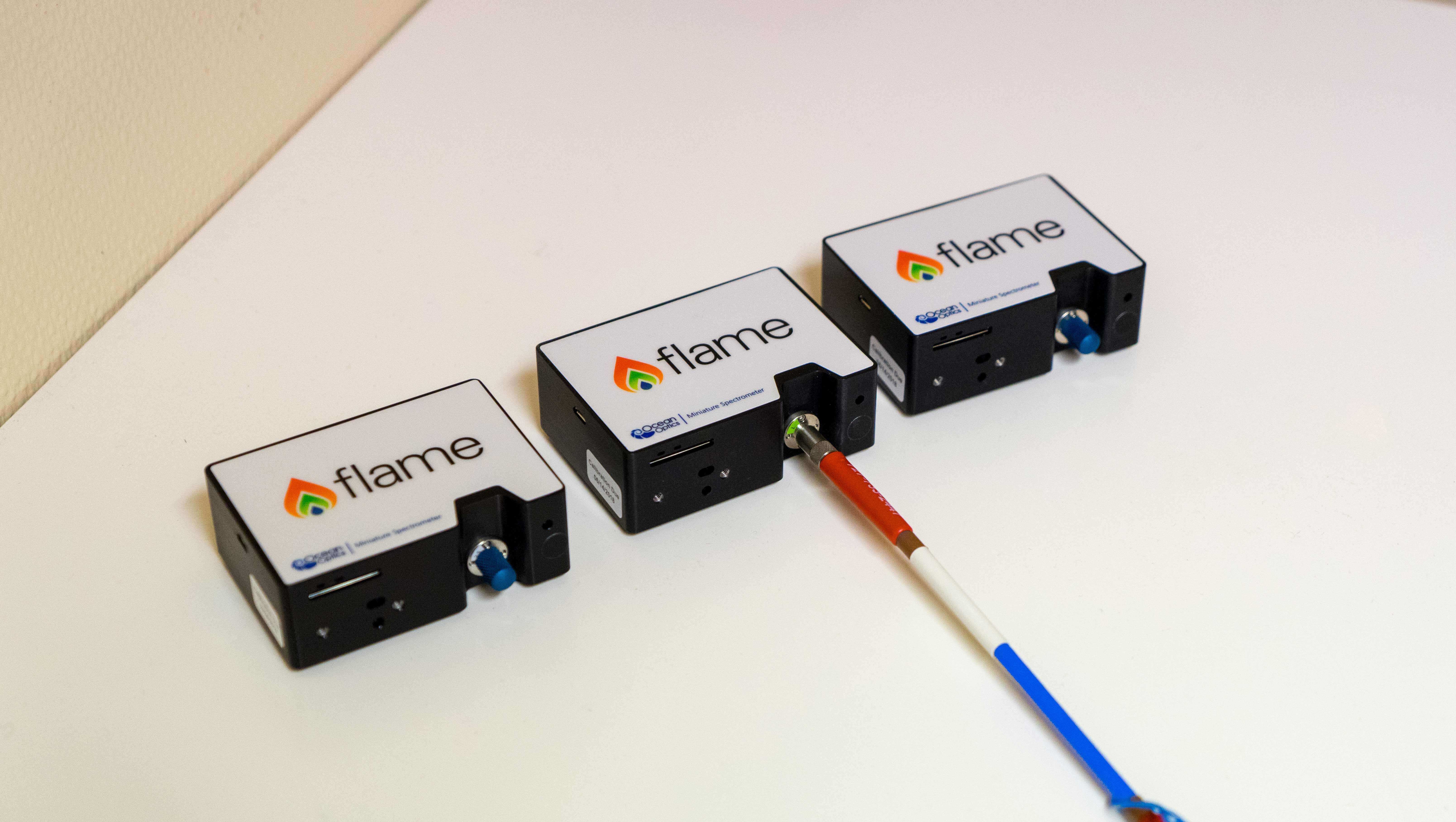
Ocean Optics spectrometer
We have several Ocean Optics point spectrometers, which are sensitive to UV-VIS-NIR radiation (200-1100 nm). Our customized USB 4000 with a very high spectral resolution (0.1 nm) is used for research applications that require the detection of slight reflection differences and fluorescence emissions. Our USB 2000 and the FLAME-series spectrometers are used as field spectrometers or to detect incident radiation on the prototype hybrid UAV.

Integration Sphere
One of the currencies of our CPA is high quality deliverable. To achieve this, high accuracy measurements are required. This means that each of our sensors and cameras goes through a thorough calibration process. To this end, our CPA is equipped with the ULS300 integration sphere, that helps us to perform, at a pixel level, uniformity analysis in order to extract the characteristics of our devices for their calibration.
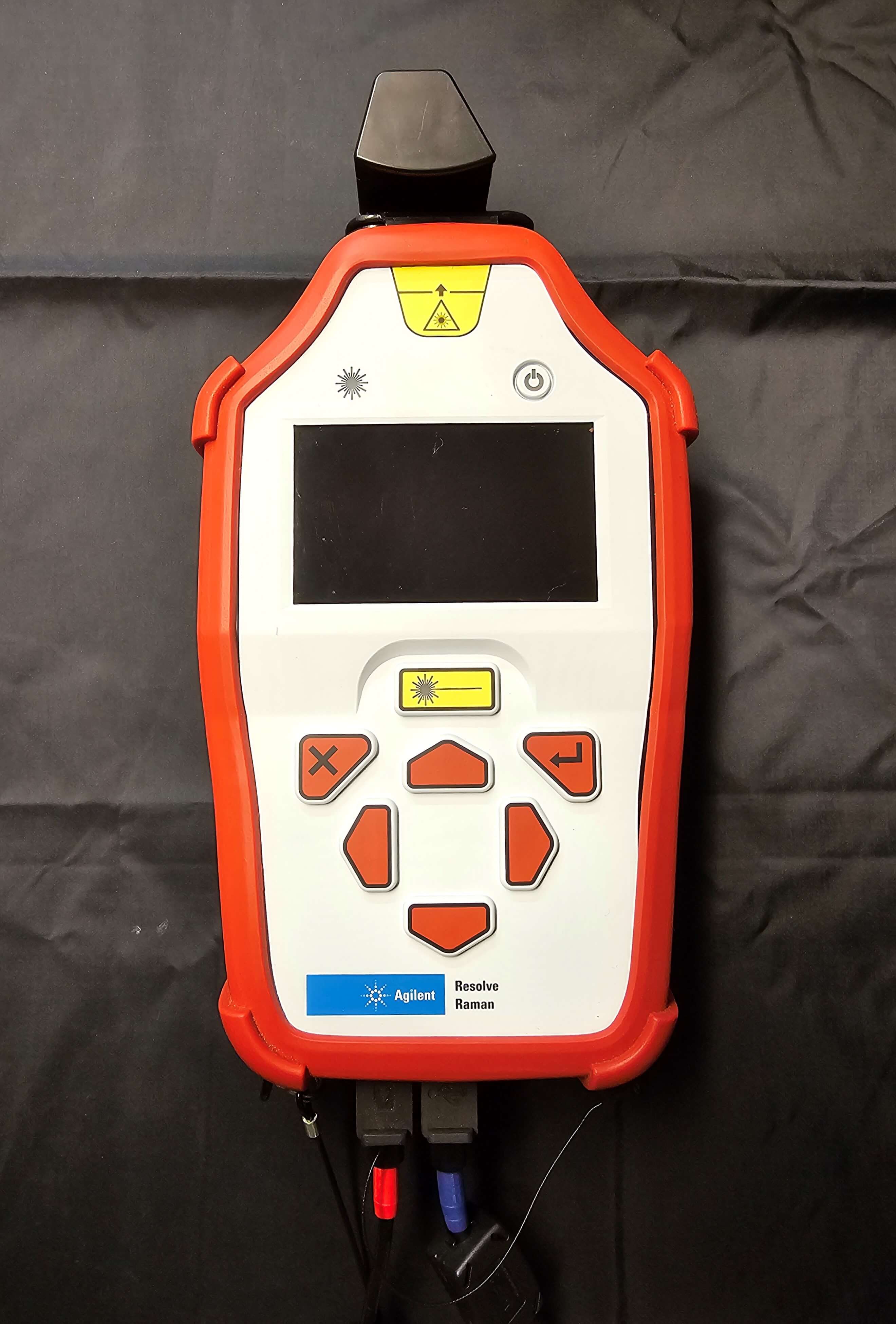
Raman spectroscopy
Raman spectroscopy is a versatile, nondestructive technique that yields detailed information about chemical structure. Raman spectrometers probe materials using monochromatic laser light, usually at visible or near-infrared wavelengths (laser wavelength(s) 830nm). Highly sensitive detectors and spectrographs are used to produce detailed and information-rich spectra from the collected light. Raman spectra often exhibit rich and unique collections of sharp peaks that can be used to determine identity, concentration, phase, morphology, and many other properties of the sample.
Perception devices
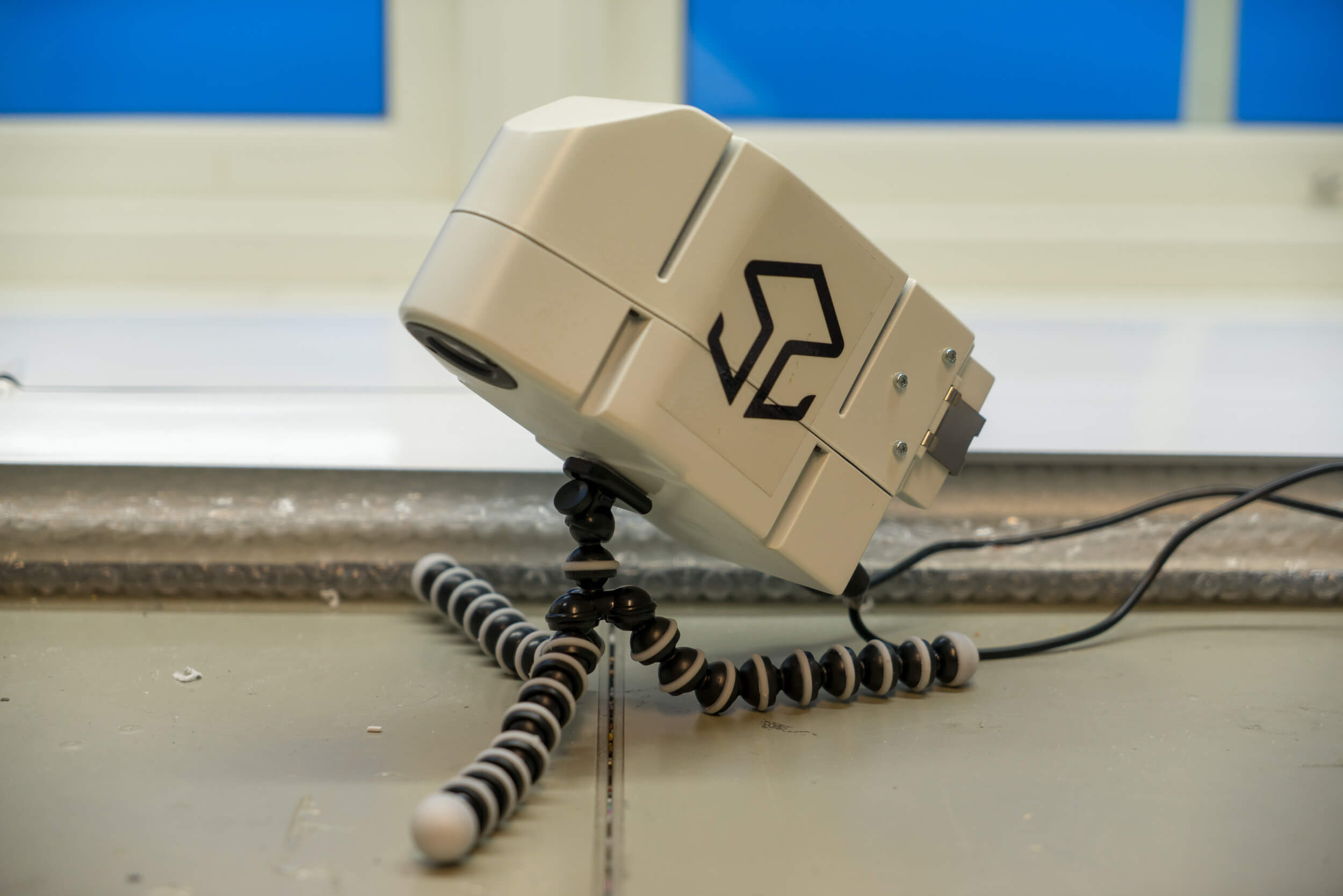
Rikola hyperspectral camera
We use the Rikola Hyperspectral Camera for many remote sensing applications in the greenhouse, the field or on-board our UAVs. The camera is light-weight and sensible to radiation in the VIS-NIR range (450-800 nm), whereas the bands can be selected individually. In USB-mode we sample up to 200 different bands while the number of bands is reduced to a maximum of 32 in flight-mode.
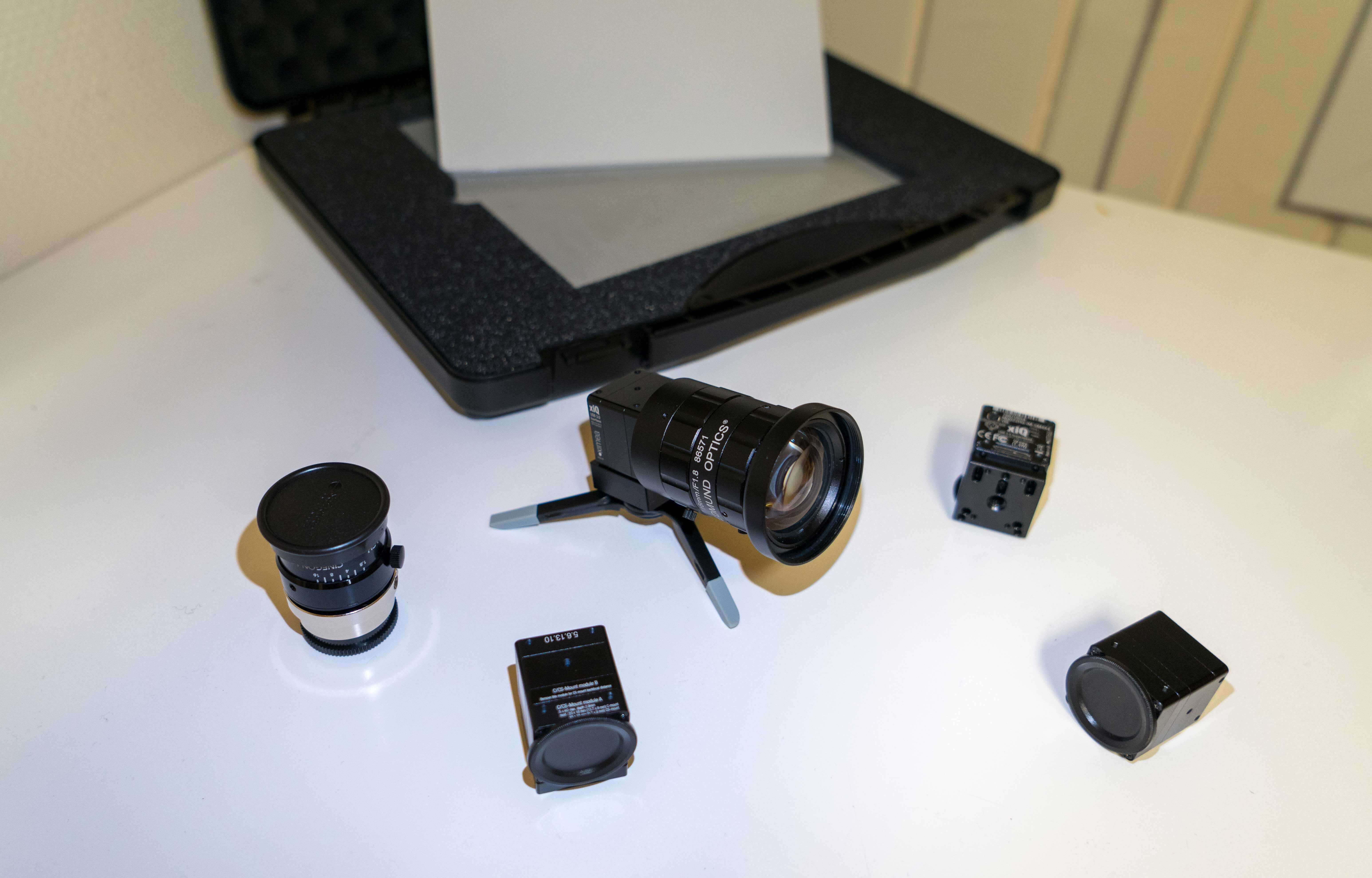
Imec and Ximea hyperspectral camera
In addition to the Rikola Hyperspectral Camera, we use small and light-weight industrial hyperspectral snapshot cameras of the Imec and Ximea XiQ product line. Currently, we are working with the SSM2x2-RGB-NIR-10.2, the MQ022HG-IM-SM4X4-NIR, and the MQ022HG-IM-SM5X5-NIR cameras. The cameras provide information from 4 to 25 bands in the 400-950 nm range at a sampling rate of up to 170 frames/s.
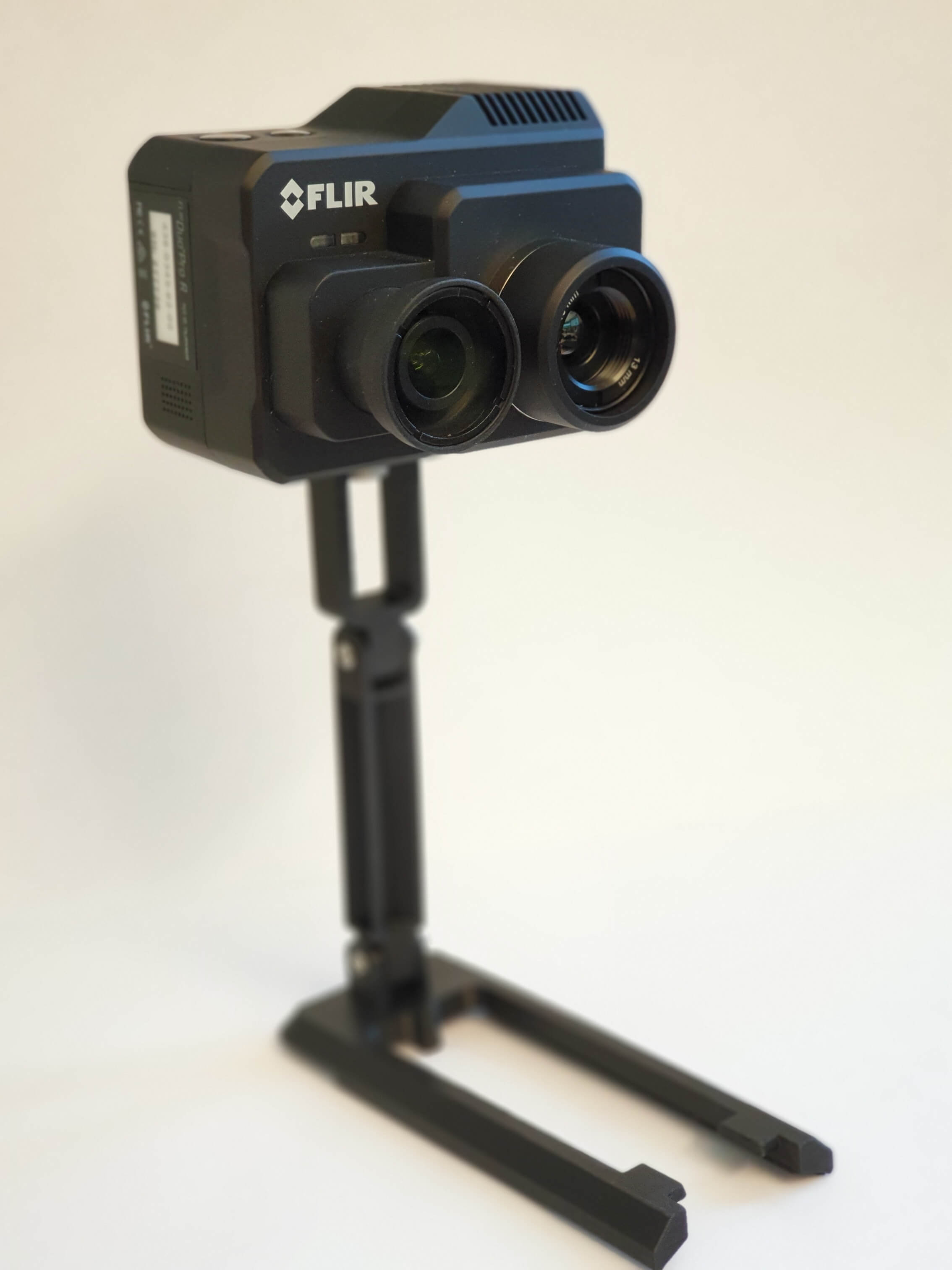
Flir Tau 2 thermal camera
For thermal imaging in the TIR range (7.5-13.5 μm) we use the Flir Tau Uncooled Microbolometer. The camera is mainly used as a hand held device or on-board our UAVs.
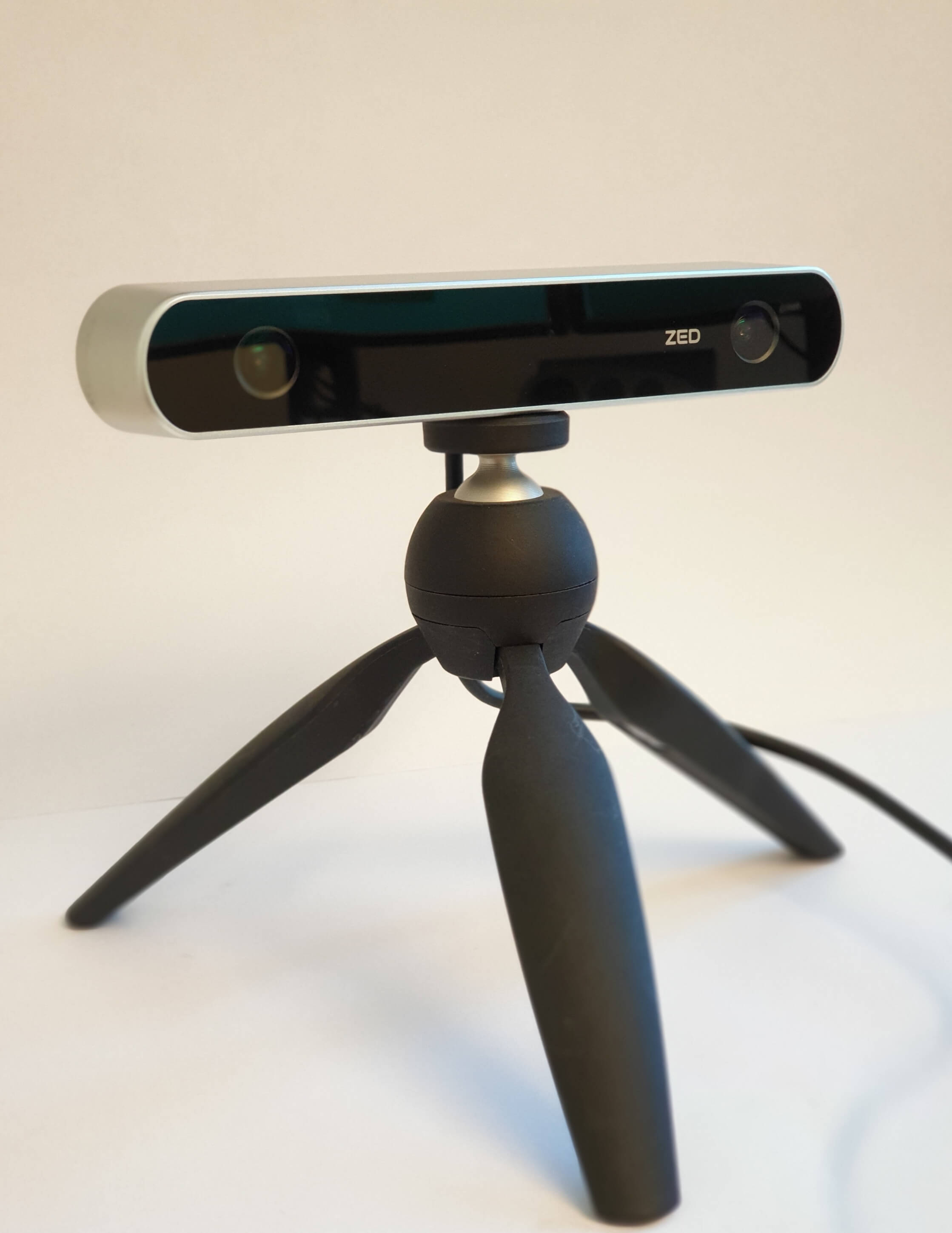
Depth Cameras
We use several depth cameras for various applications. We currently have the ZED camera from stereolabs, the Intel RealSense D435 and T265, as well as the Kinect sensor from Microsoft. The cameras are used for 3D reconstruction, and autonomous navigation for mobile robots.
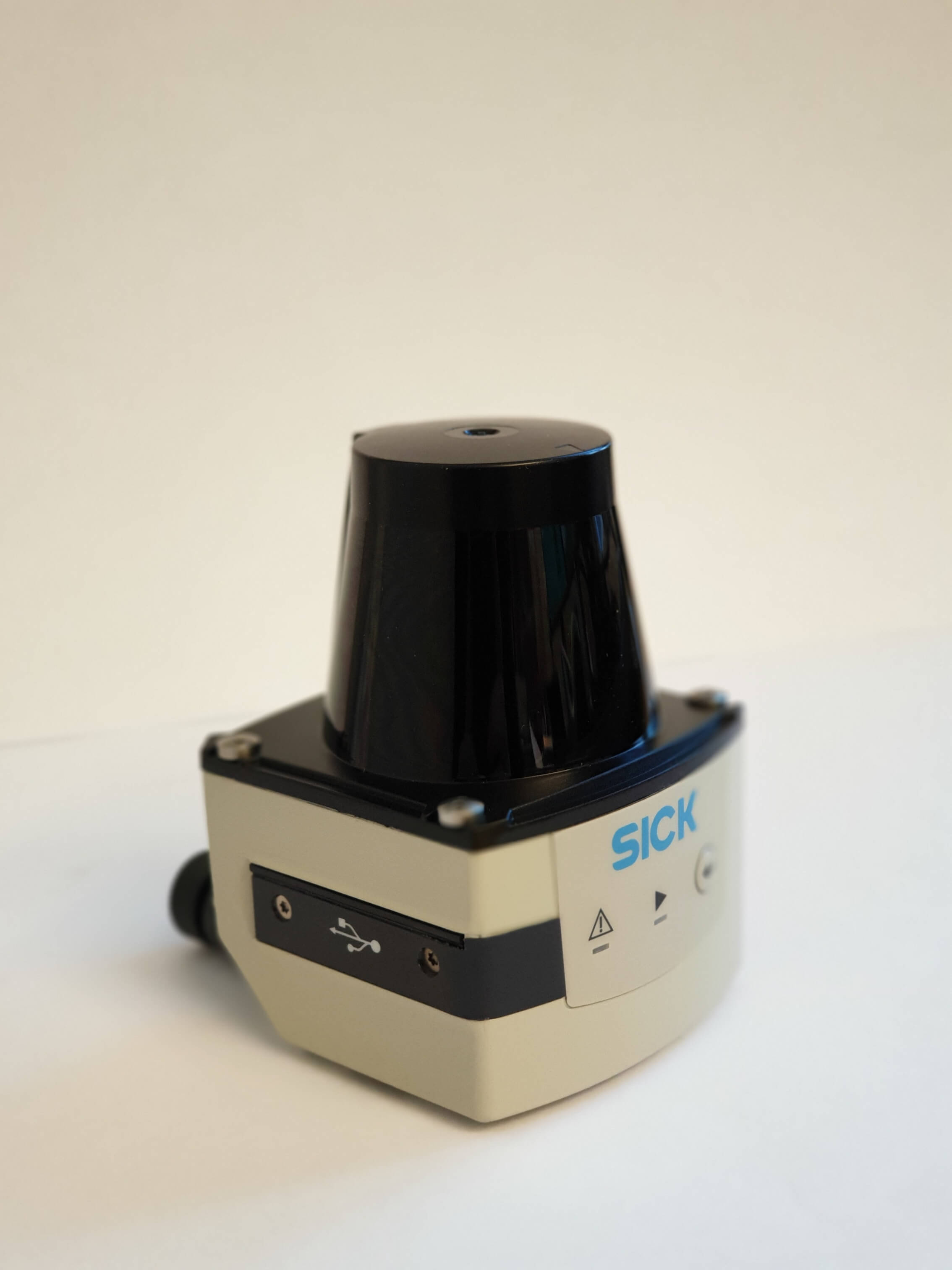
LIDARS
In addition to the depth cameras, we use several Light Detection and Ranging (LIDAR) devices for position estimation, 3D reconstruction (when coupled with high precise IMU and RTK-GNSS receivers), and as an obstacle detection devices for our mobile robots. We currenly use the TM 561 from SICK, and the G4 from YDLIDAR.
Navigation sensors
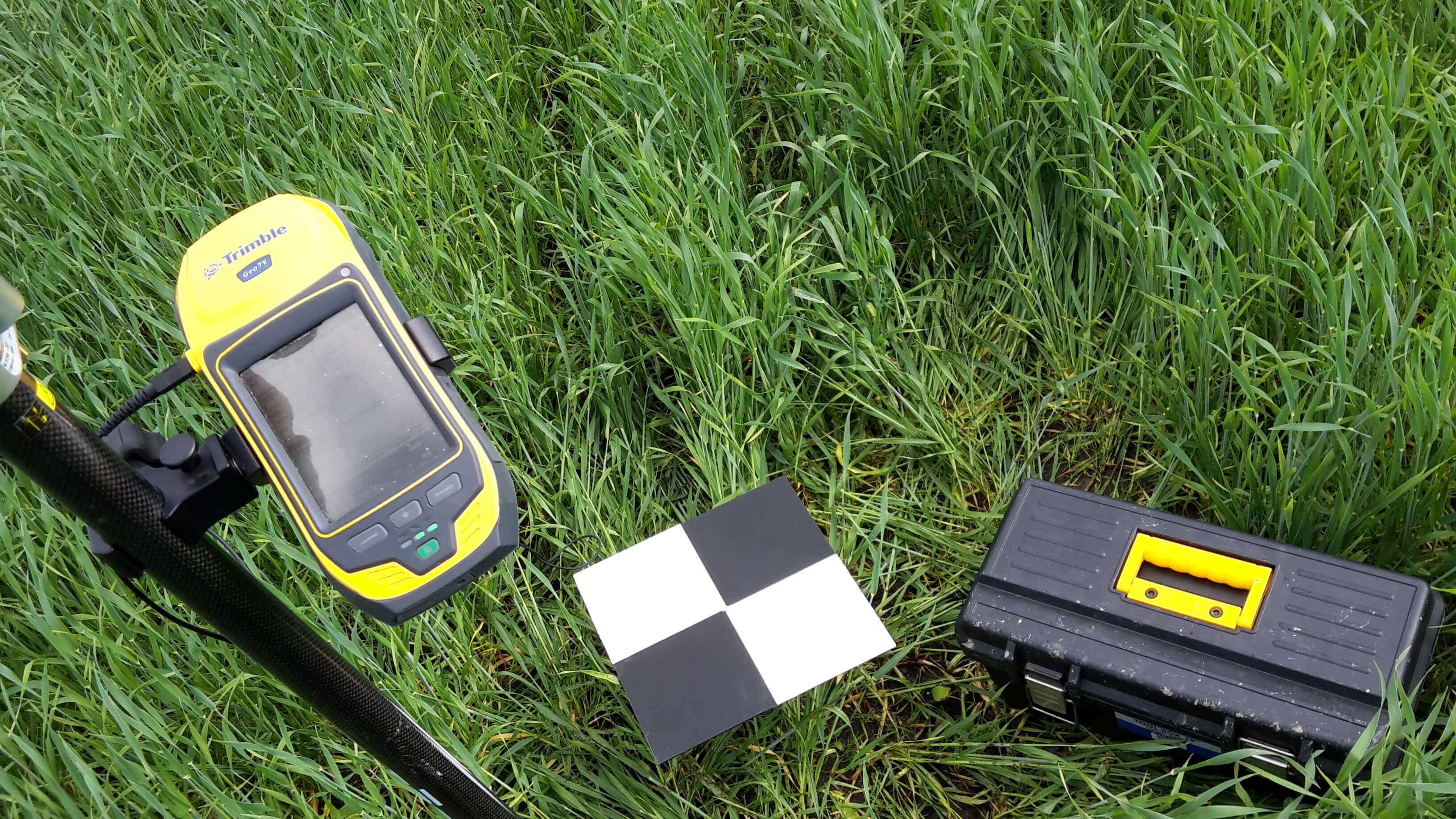
Trimble Geo7x
We use the Trimble Geo7x global navigation satellite receiver (GNSS) for high-precise real-time kinematic (RTK) measurements (1-3 cm CEP). The Trimble Geo7X can be used as a hand held device or for permanent tracking on-board our tractors and UGVs.
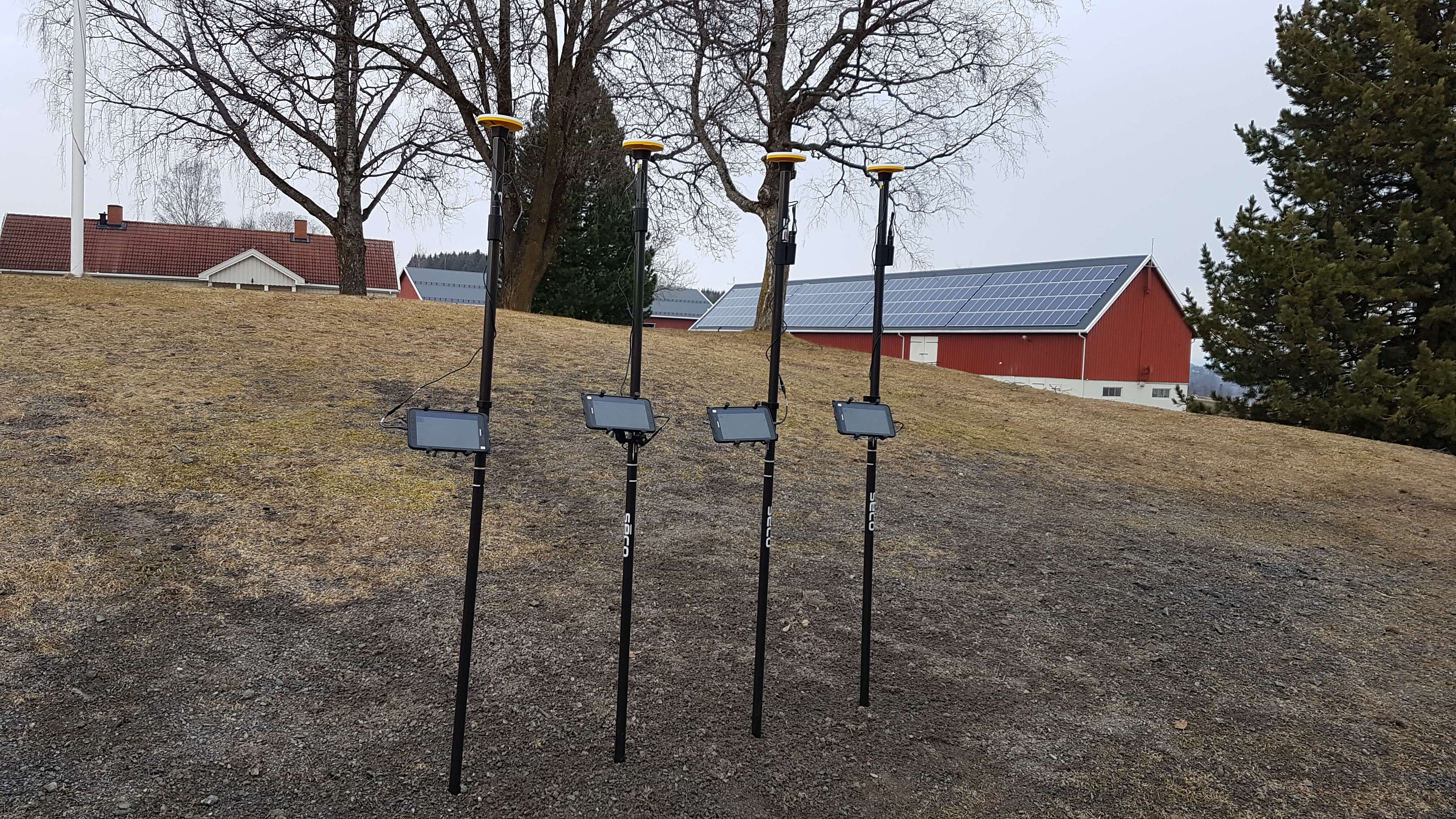
Trimble Catalyst RTK-GNSS
For season-based measurements, we have four Trimble Catalyst RTK-GNSS. Paired up with a subscription, we may use this with most modern Android platforms. This gives us the opportunity to embed the GPS into customized programs and achieve very accurate readings (RTK; 1-3cm CEP).
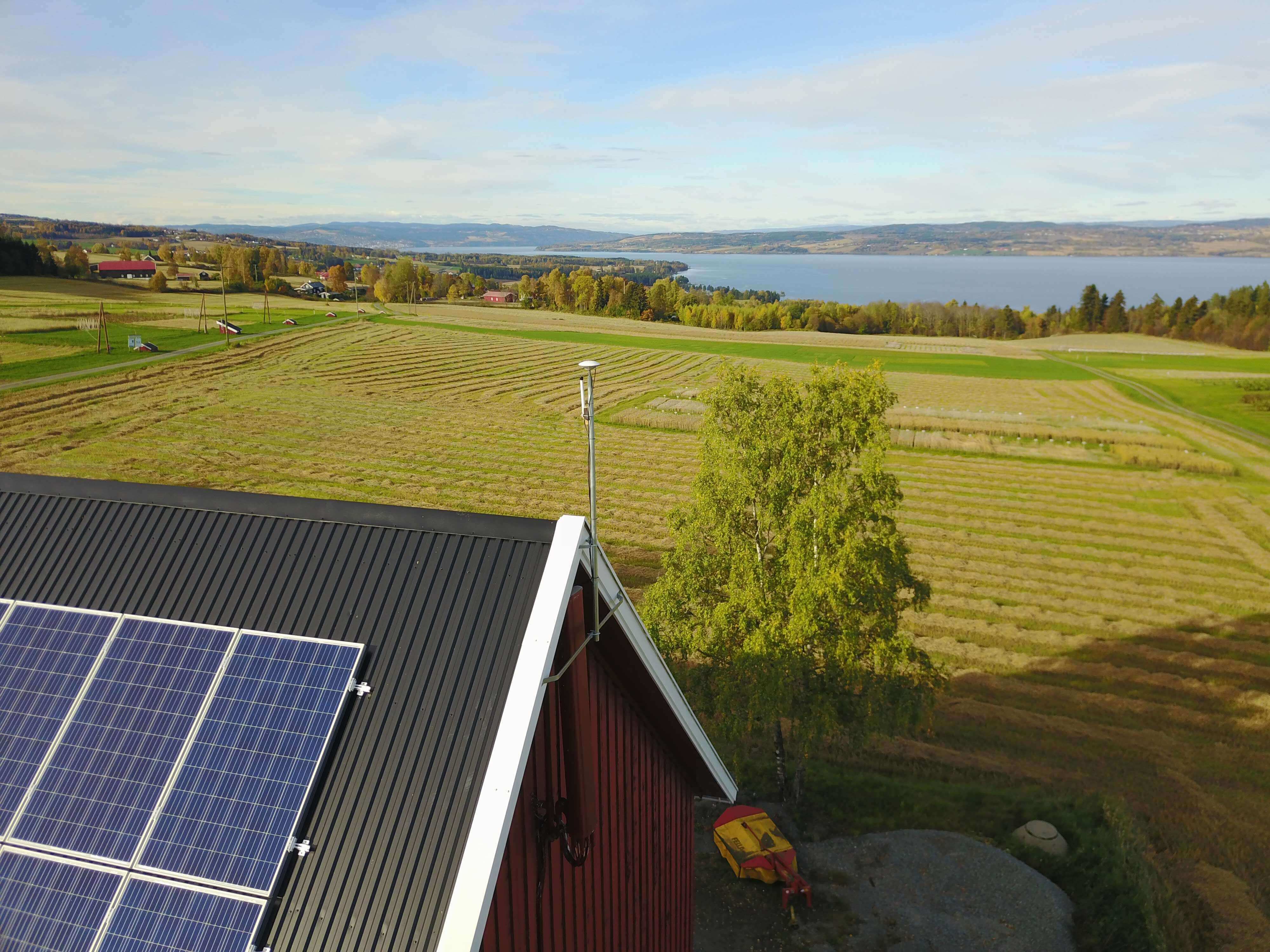
Swift Navigation Piksi
For high precision navigation on-board our UGVs, we use the Piksi GNSS together with our own base receiver station. For the prototype hybrid UAV, we will use the latest version Piksi Multi with multi-band support for more accurate centimeter-accuracy.
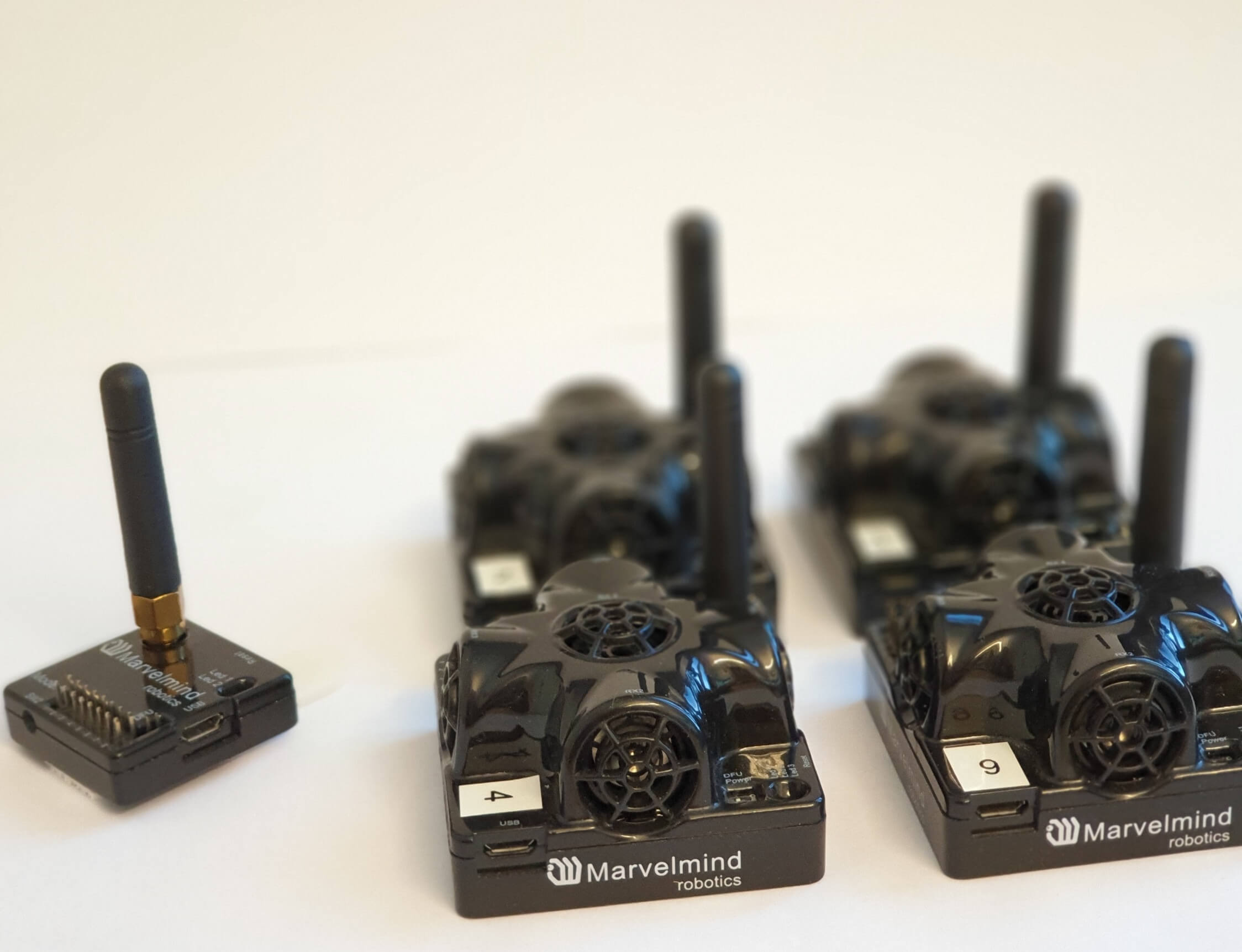
Marvelmind Indoor GPS
When GNSS signal is unreliable, or simply unavailable, we use the Marvelmind ultrasound beacon system. This will allow our mobile robots to have a precise position estimation (+/- 2cm).
